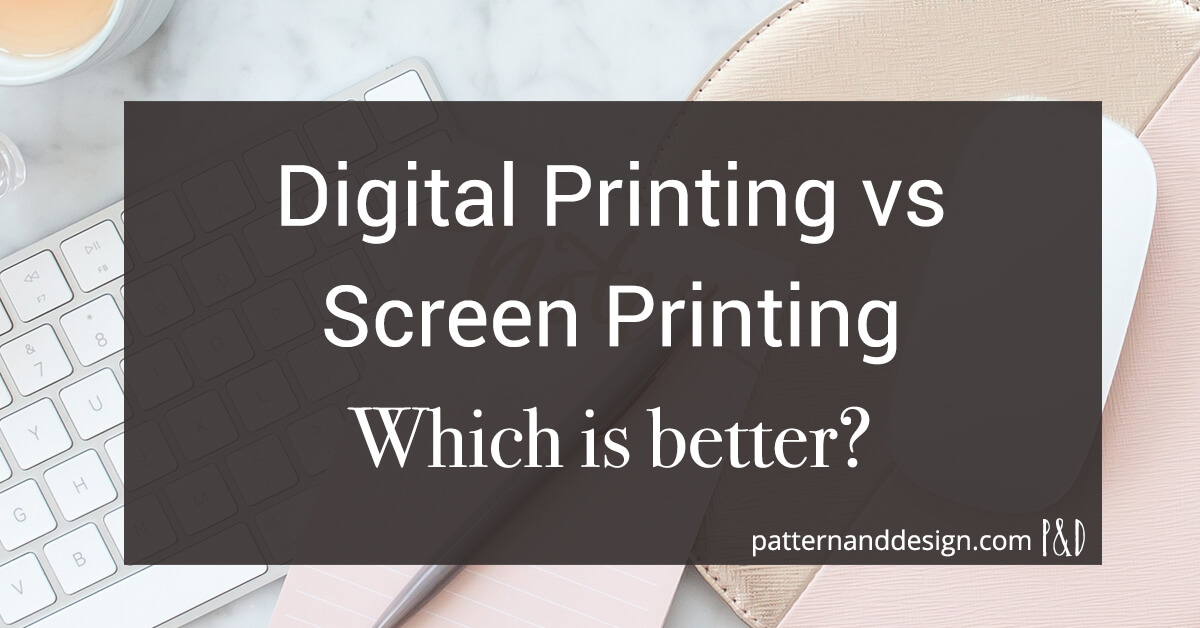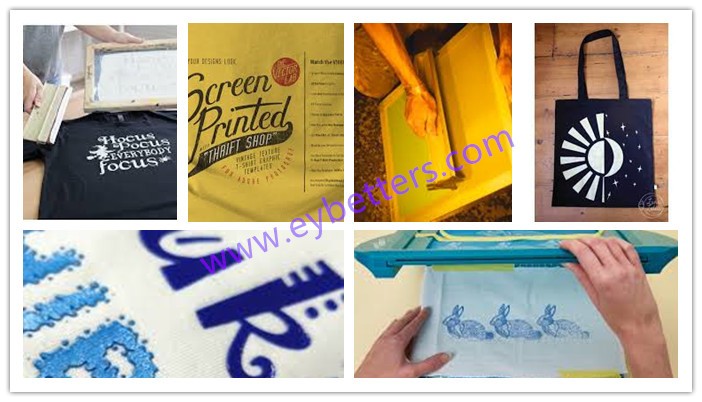7 Simple Techniques For Tx Tees
7 Simple Techniques For Tx Tees
Blog Article
Tx Tees Things To Know Before You Buy
Table of ContentsThe Best Guide To Tx TeesThe 6-Minute Rule for Tx TeesSome Known Facts About Tx Tees.How Tx Tees can Save You Time, Stress, and Money.Rumored Buzz on Tx TeesThe 25-Second Trick For Tx TeesGetting My Tx Tees To Work
Include up other costs, like the number of utilities it takes to run the shop and the price of ink and emulsion per layout. Take the print listed below.The emulsion should only be a few cents given that you 'd just require to layer one display for this work. Generally, printers try to make up to 45% profit on a print task.

With DTF, you can publish a handful of tee shirts, or just one. Use the very same calculator as the area above to compute just how much earnings you would certainly use DTF transfers. Compare the prices and revenues to whichever method talks finest to your configuration and process. Both display printing and DTF have their specific niches on the planet.
An Unbiased View of Tx Tees
The very best means to know? Ask around and see what printing shop like your own are doing. custom cap printing. Attempt both out and see which you like far better
When you're choosing what kind of printing technique to make use of for publishing your art work designs on your garments, it is very important that you know the differences between these 2 methods so you can take full advantage of outcomes while minimizing prices. Screen printing is one of the most typically utilized technique for printing styles on fabrics.
DTG printing is likewise recognized as place or straight to garment printing because it publishes just what is required rather of making a display as screen printers do. https://moz.com/community/q/user/txtees02. Screen printing works by screen filler squeegee display printing ink screen mesh display, then moving the picture to garment utilizing heat and/or stress
The DTG printer uses special dye-sublimation inks that are applied right into a pre-designed image by an electronic printing system. The inks become component of the fabric, permitting lively colors and remarkable information. It's likewise called area or straight to garment printing due to the fact that it publishes just what is needed as opposed to making a display as screen printers do.
3 Simple Techniques For Tx Tees
It's much faster - you can publish a fullcolor photo in mins, as opposed to hours for display printing. Second, there's no set up time or prices included - you can publish any kind of layout you such as, without having to create a display initially. Third, there's no waste - due to the fact that display printers display print one layout each time, they need to evaluate each color individually.
The paper is extremely pricey and can just be made use of as soon as. Once it's published on, it needs to be disposed of. - The preliminary purchase price is less than the in advance investment of DTG printers- You can publish multi-color layouts one screen at a time as opposed to needing to print each color independently like DTG printing.

The Definitive Guide for Tx Tees
Nonetheless, rather than making use of display mesh as display printers do, color sublimation printers use laser modern technology to transfer your pictures onto garments or paper. A heat procedure moves the dye from its solid-state directly into the gas stage which in turn merges it onto textile substrates when they are quickly heated up to high temperatures under high pressure.
Sublimation printing is environmentally friendly. It utilizes much less water than screenprinting, and because it doesn't include using damaging solvents, it's secure for all kinds of apparel. The dye sublimation inks are likewise unsmelling when healed, unlike display printers that use damaging chemicals throughout the display printing procedure that leave an undesirable smell.
They also save money on pricey equipment like direct exposure units considering that dye sublimation printers don't call for a UV direct exposure unit or a flash cure oven that is commonly made use of in display printing (custom screen printing). What is straight to garment printing (DTG Printing)? DTG printing is an electronic screenprinting procedure that publishes straight onto material utilizing specialized inkjet printers
Not known Facts About Tx Tees
DTG printing provides numerous benefits over typical screenprinting, including the capability to publish photographic quality photos, higher shade vibrancy, and the ability to print styles on darker materials. DTG printers work by heating the fabric ink up until it becomes a gas. The gas after that permeates the textile, bonding with the fibers to create a permanent print.

Screen printers simply prepare their screen then begin publishing till they run out of item or ink.- There is a wide variety of seasoned display printers around the globe, which can be practical for novices. - It's a slower procedure - display printers often need to wait on the ink to completely dry prior to they can print the next shade- Display printers need manual work, so there's a higher knowing curve and it takes longer to produce a high-quality design- Display printing isn't as precise as DTG printing, so you may obtain some "bleeding" of shades from one part of the photo onto another if not done Continue properly.
The 30-Second Trick For Tx Tees
However, as opposed to using display mesh as screen printers do, color sublimation printers use laser technology to move your images onto garments or paper. A warm process transfers the color from its solid-state directly right into the gas phase which subsequently integrates it onto fabric substratums when they are rapidly warmed to high temperature levels under high pressure.
Sublimation printing is environment-friendly. It makes use of less water than screenprinting, and because it does not entail using dangerous solvents, it's safe for all kinds of clothing. The color sublimation inks are also unsmelling when cured, unlike screen printers that make use of dangerous chemicals throughout the display printing process that leave behind an undesirable smell.
They also save money on pricey equipment like exposure systems since color sublimation printers don't require a UV exposure system or a flash treatment stove that is usually made use of in display printing. What is straight to garment printing (DTG Printing)? DTG printing is an electronic screenprinting process that prints directly onto fabric utilizing specialized inkjet printers.
The Only Guide for Tx Tees
DTG printing uses lots of benefits over standard screenprinting, including the capacity to print photographic quality pictures, higher shade vibrancy, and the capacity to publish styles on darker materials. DTG printers work by heating the fabric ink up until it transforms into a gas. The gas after that penetrates the material, bonding with the fibers to create a permanent print.
Report this page